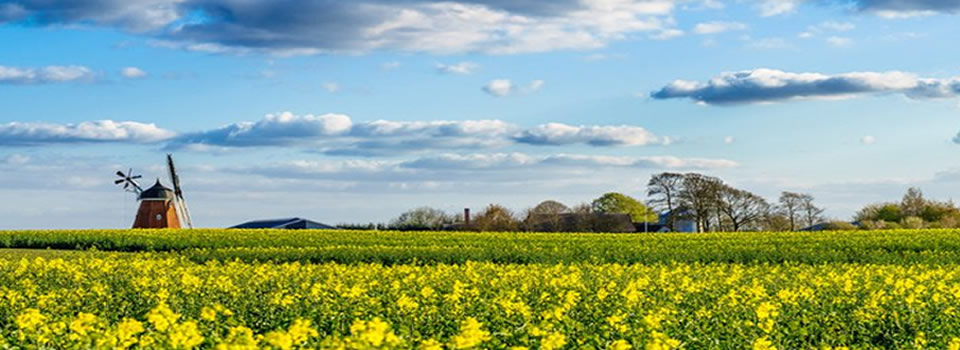The Great Denmark To Become A 100% Organic Country
 What could be more fascinating than an entire country going 100% organic? The Danish government has announced that it will convert the entire country’s agriculture into organic and sustainable farming, making it the first country in the world to become 100% organic.
What could be more fascinating than an entire country going 100% organic? The Danish government has announced that it will convert the entire country’s agriculture into organic and sustainable farming, making it the first country in the world to become 100% organic.
. 
Denmark is the most developed country in the world when it comes to organic products and their trade with the world but that’s not what the Danish government is settling with. The government has raised a whooping 53 million euros in 2015 in an effort to turn the country into an organic country. This is probably the most ambitious plan of the century but considering the fact that Denmark has already proved it’s love for organic food, this seems to be achievable.
Denmark is also way ahead of other countries in terms of producing organic food. The country’s national organic brand will be celebrating 25 years in business, which makes it one of the oldest organic brand in the world. As a result, the organic exports have increased by a whooping 200% since 2007.

A 67-POINT DOCUMENT TO GET A RECORD
The government is working on two different fronts: one is give a boost to turn traditional farmland into organic, while the other is to stimulate increased demand for organic products. Regarding the former, the aim is to double the agricultural land cultivated with organic methods by 2020 (compared to 2007), as the 67-point document explains, drafted by Økologiplan Danmark, theOrganic Action Plan for Denmark. Not only will land belonging to the government be cultivated using organic and biodynamic methods, but the government will support and finance those working and investing in this sector, to develop new technologies and ideas that help promote growth. And we’re not just talking about fruits and vegetables, but also livestock – particularly pigs.

Let’s move on to the second aspect: promotion. Who will lead the change? Once again the public authorities, naturally. The ministry, regions and cities have joined forces, and all institutions must lead by example: the first organic target is 60% of food served to the public. Schools – starting from nursery schools – as well as hospitals and non-privatized cafeterias must respect it. National public institutions serve approximately 800,000 meals a day, that will be increasingly “green”.